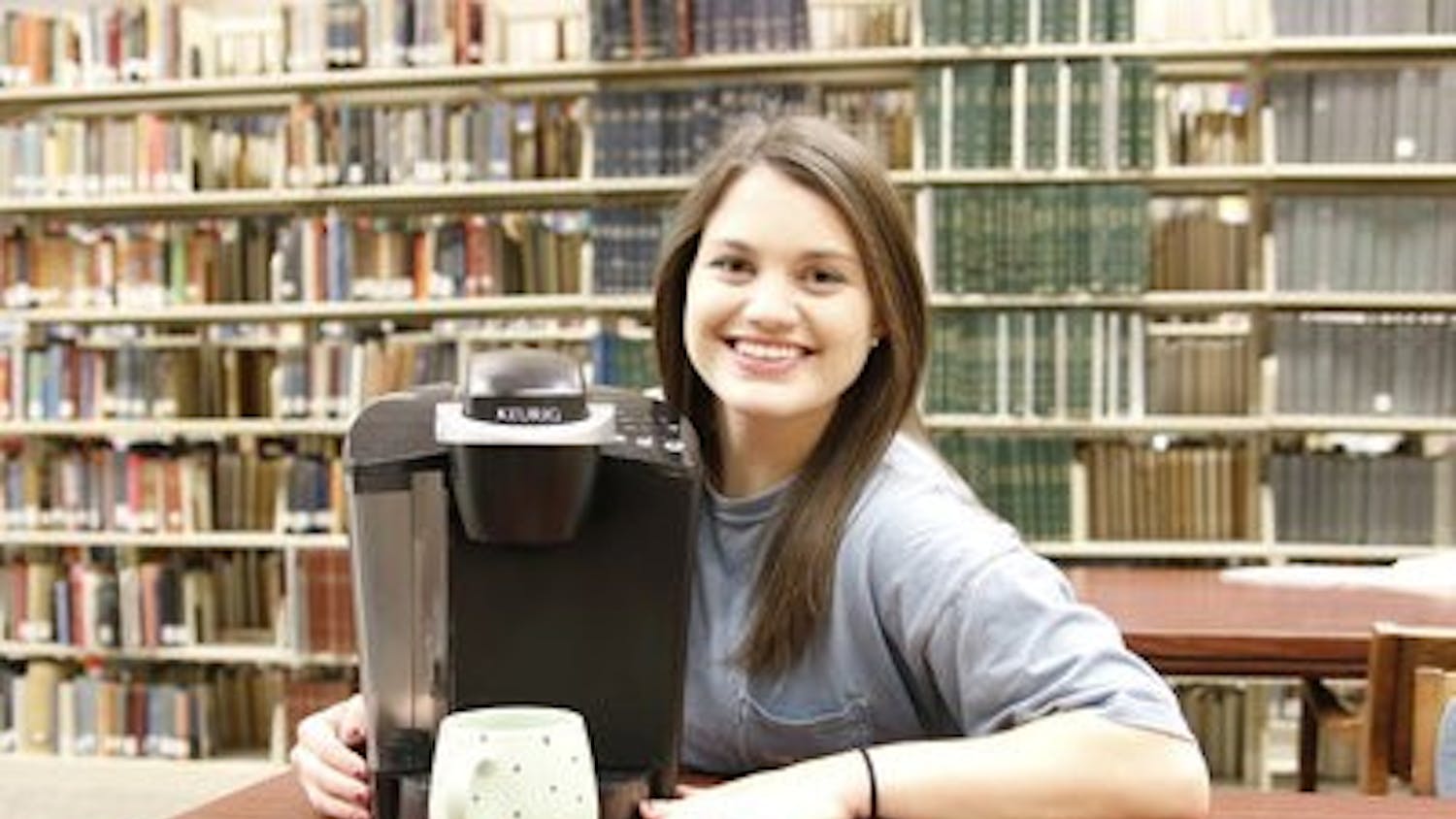Apple has made it clear over the past couple of years there is almost always "an app for that" on the iPhone.
Apple's revolutionary mobile phone has been available for more than two years.
Apple's Vice President Phil Schiller reported in a press release this past June that more than 50,000 applications are available for download on the App Store. The vast number of applications provide a variety of purposes from academic support to simple, addicting games.
Jim Garrett, CEO of Kudzu Interactive Inc., has an insider's view of what goes into creating an iPhone application.
Garrett's company has developed a Web site and a corresponding application known as Snapfinger that allows users to order food at participating restaurants wirelessly.
"The actual process for creating the native portion of the iPhone app is relatively easy," Garrett said.
The Snapfinger application employs breakthrough technology allowing iPhone users to contact participating restaurants via point of sales (POS) systems. Garrett feels this technology is "monumental," and with advancements constantly developing, it is impossible to predict what kind of apps will be available in the future.
According to Apple.com, many applications can be useful when taking a trip, whether it be in town or far away.
Urbanspoon allows the iPhone user to shake the device for restaurant recommendations and directions.
SnapTell can compare a product's prices across a wide spectrum of businesses when shopping. Yelp offers business reviews when one is traveling.
A particularly useful application for college students is G-Park, which saves the location of one's parking spot and directs the person back to it. With Auburn parking, this application could help save a secret spot.
There are also plenty of applications that can be used around the house (or in the dorm).
Pandora Radio breaks the silence with a slew of artists that fit musical tastes. AP Mobile can keep users up to date on worldwide events. The DirecTV app allows users to program their DVRs wirelessly.
However, the most fascinating applications are the ones that defy genres and fill specific niches. The Shakespeare app allows for portable reading of the Bard's plays--useful for an English major on the go. Recommended by the Apple.com staff, Gas Cubby tracks a user's gas usage.
Another unique idea, the Oblique app offers creative strategies to get the user out of a dilemma.
Shazam can identify songs, give the user information on the song and allow the user to buy the track and share with friends.
Class time usually does not include the use of an iPhone, but some applications may be exceptions to that rule.
Corey Smith, a freshman in business, said he uses a graphing calculator application for his calculus course.
Cleartune could be used in music classes and ensembles for musicians to tune instruments. iTranslate could prove useful for students in foreign language classes, and eTextbooks can be used in lieu of paper textbooks.
With so many applications available, many students are becoming obsessed with iPhone usage.
"When I'm bored I use my apps a lot," Smith said.
Social networking applications like Facebook and MySpace do little to alleviate the obsession. Pricing of applications varies greatly.
Many apps are free. Some, however, carry a price tag, like the TomTom GPS application that is priced at $99.99.
Garrett provided insight as to why his company's -- and probably many -- application is free.
"The app is free because the restaurants pay us a transaction fee for every order they receive from the app," Garrett said.
So whether looking for directions, craving coffee or interested in buying a car, rest assured, there is an app for that.
Do you like this story? The Plainsman doesn't accept money from tuition or student fees, and we don't charge a subscription fee. But you can donate to support The Plainsman.



